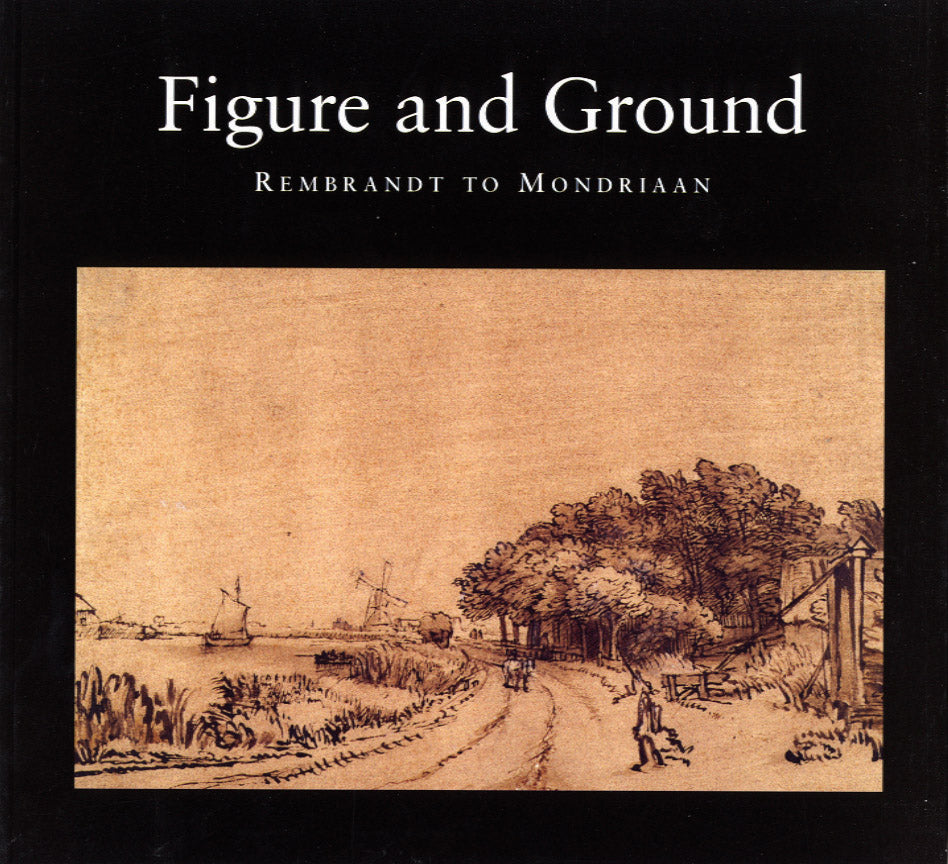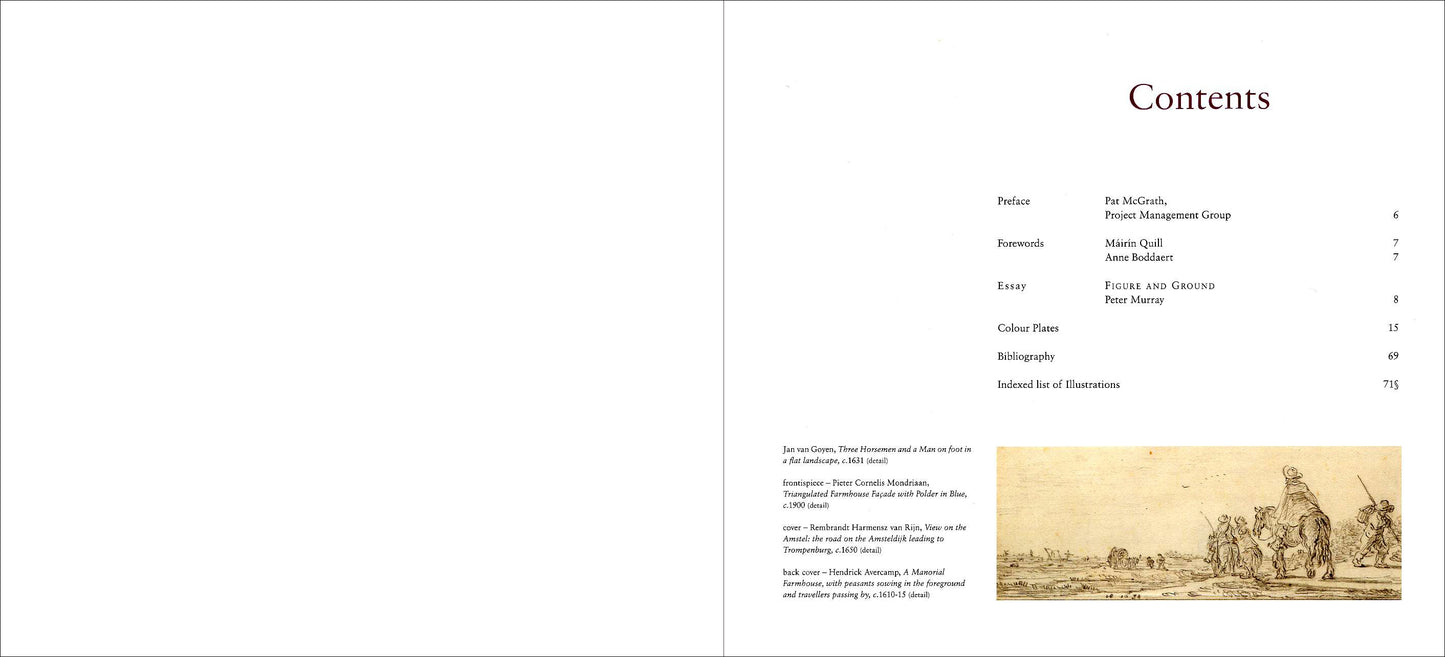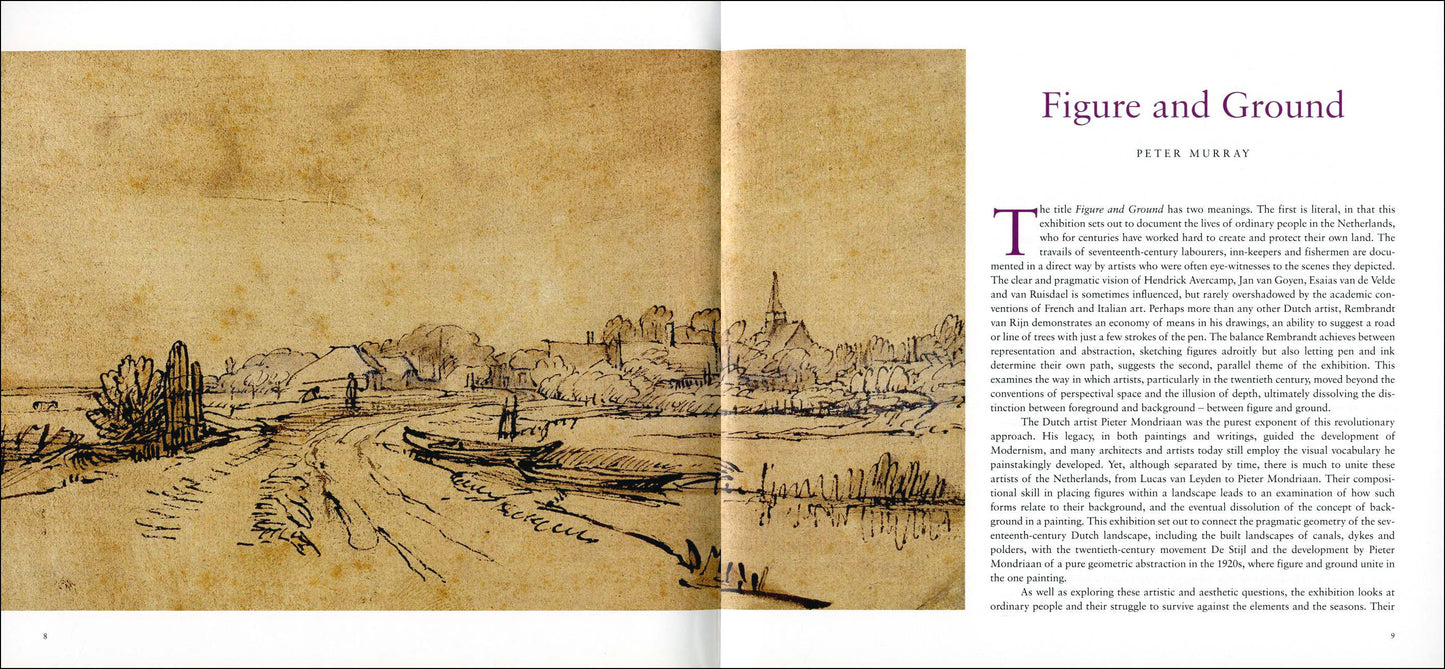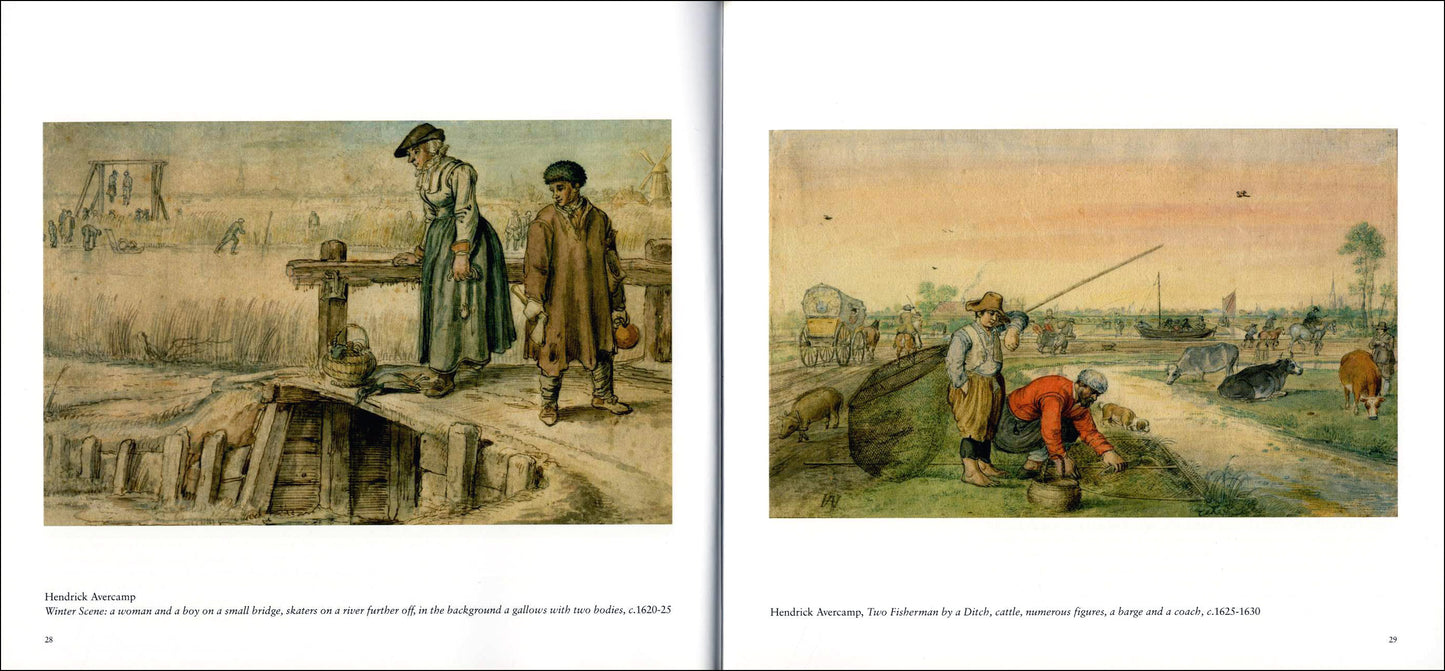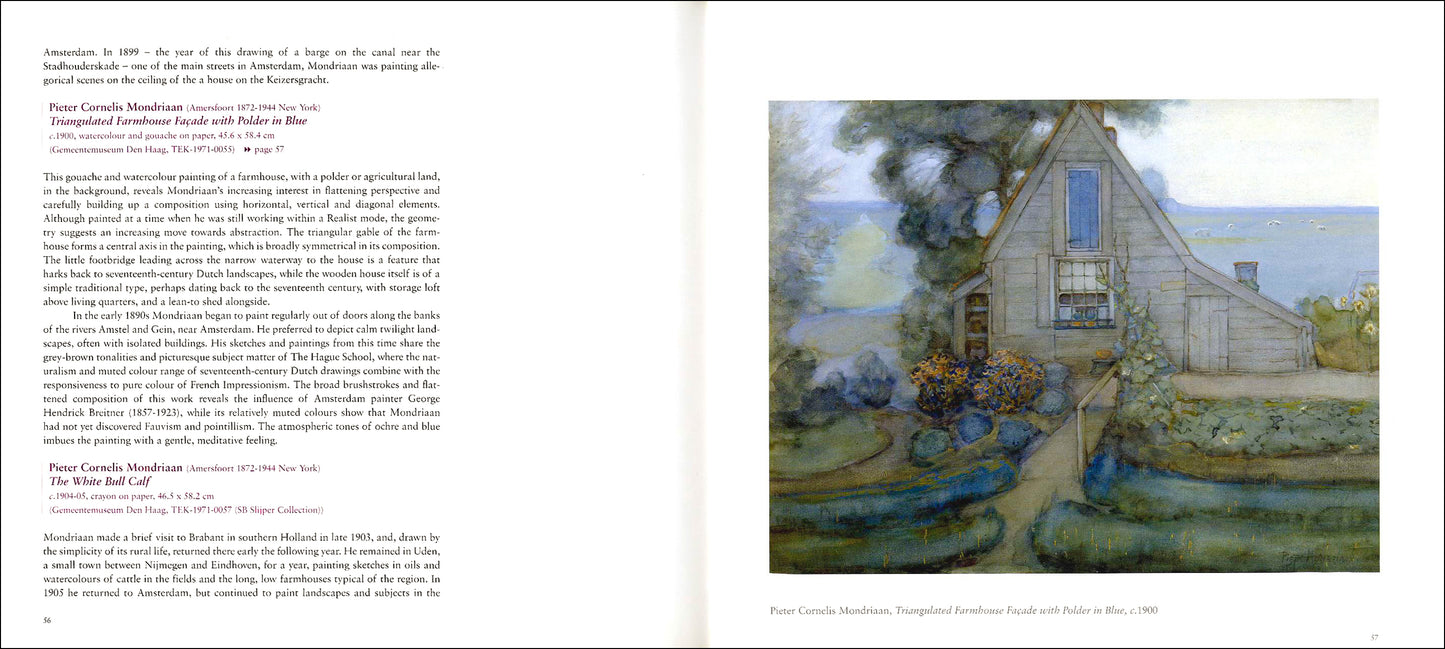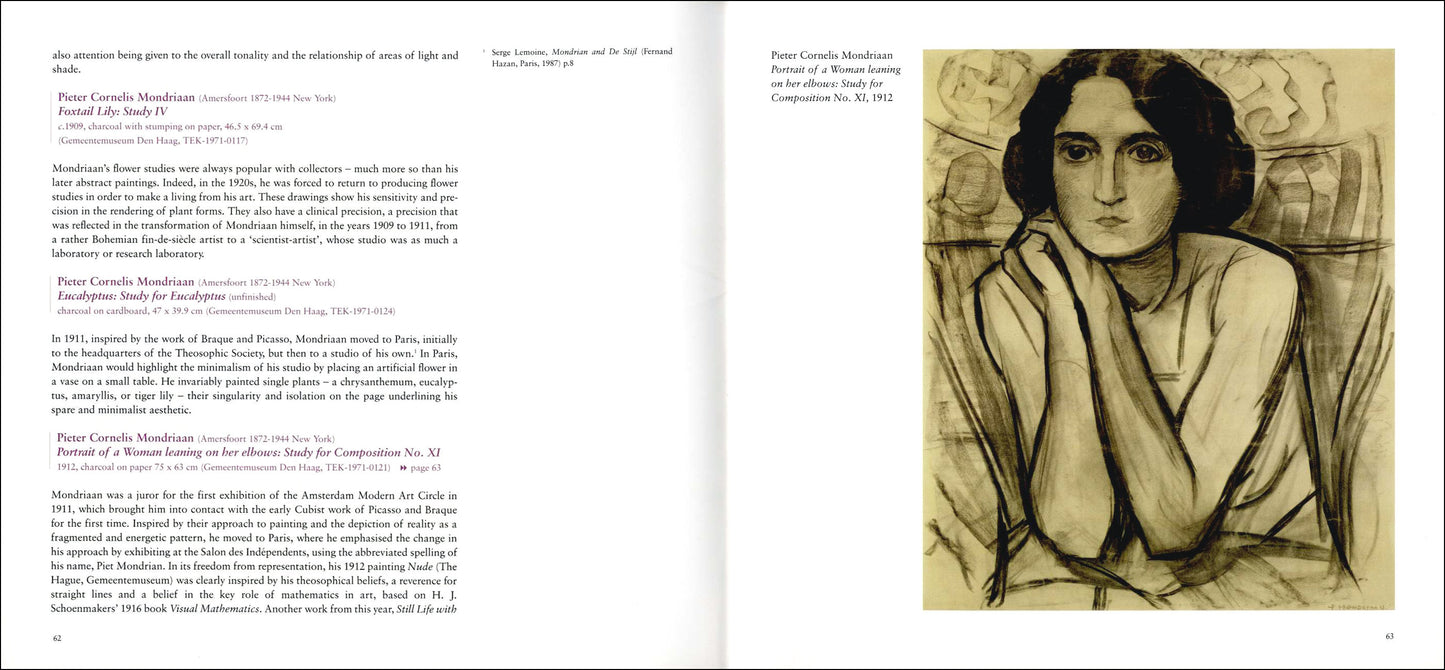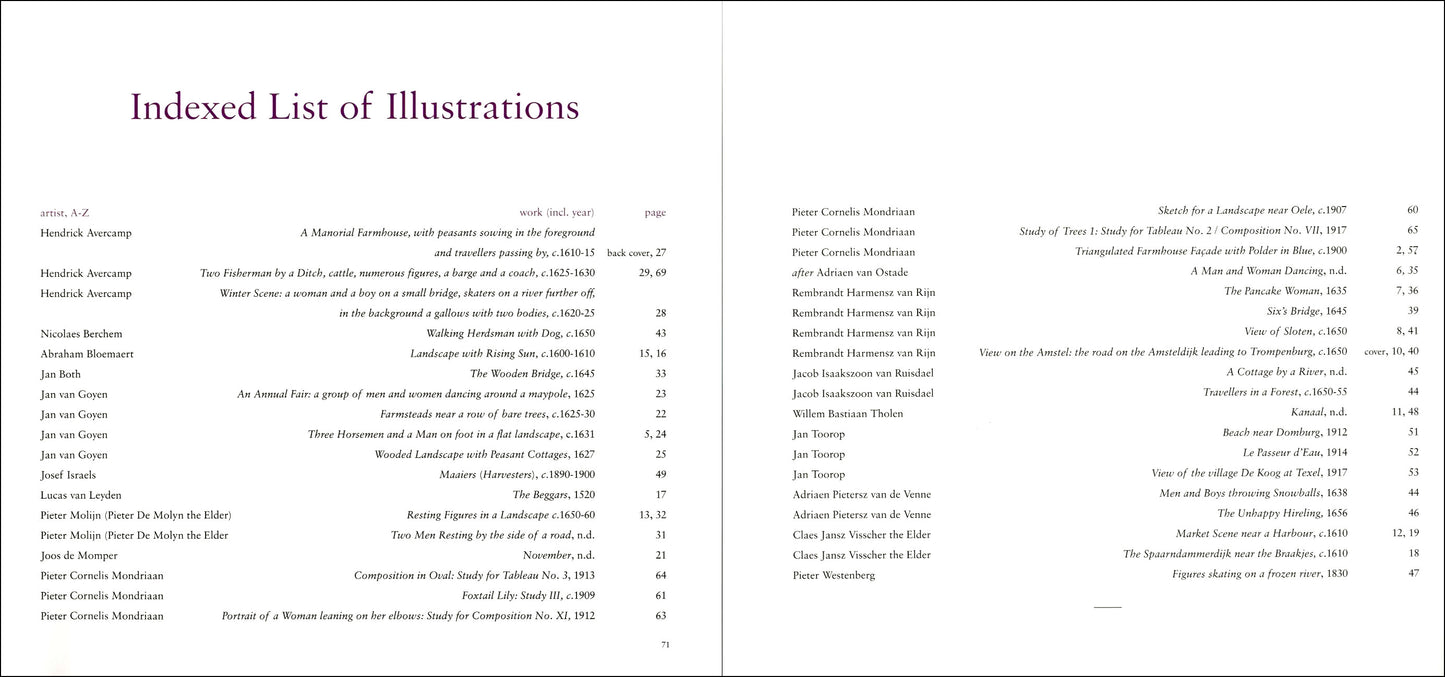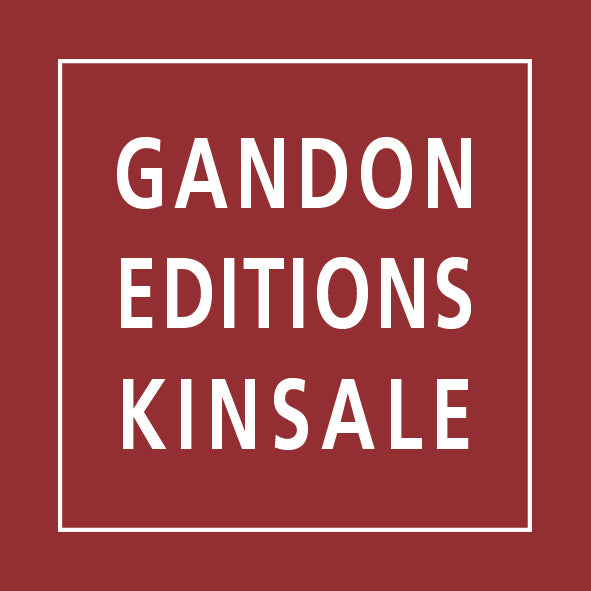Crawford / Gandon
FIGURE AND GROUND — Rembrandt to Mondriaan: Landscape and People in Netherlands Art 1520-1920
FIGURE AND GROUND — Rembrandt to Mondriaan: Landscape and People in Netherlands Art 1520-1920
Couldn't load pickup availability
Share
by Peter Murray
ISBN 978 0948037 199 72 pages (paperback) 22.5x24.5cm 48 illus bibliography artists index list of illus
Preserved in the Print Room of the Rijksmuseum in Amsterdam are thousands of prints and drawings, first gathered together in 1800. They provide a visual record of the ways Dutch artists have responded to their environment over the centuries. As part of Cork’s year as European Capital of Culture, the Rijksmuseum, along with the Gemeentemuseum in The Hague, Chatsworth House in England, the National Gallery of Ireland and other public and private collections, made available some of its treasures for the exhibition Figure and Ground at the Crawford Municipal Art Gallery. The book features work by 18 Dutch artists, with individual texts on each artist and their work.
EXTRACT
"The travails of seventeenth-century labourers, inn-keepers and fishermen are documented in a direct way by artists who were often eye-witnesses to the scenes they depicted. The clear and pragmatic vision of Hendrick Avercamp, Jan van Goyen, Esaias van de Velde and van Ruisdael is sometimes influenced, but rarely overshadowed by the academic conventions of French and Italian art. Perhaps more than any other Dutch artist, Rembrandt van Rijn demonstrates an economy of means in his drawings, an ability to suggest a road or line of trees with just a few strokes of the pen. The balance Rembrandt achieves between representation and abstraction, sketching figures adroitly but also letting pen and ink determine their own path, suggests the second, parallel theme of the exhibition. This examines the way in which artists, particularly in the twentieth century, moved beyond the conventions of perspectival space and the illusion of depth, ultimately dissolving the distinction between foreground and background – between figure and ground.
The Dutch artist Pieter Mondriaan was the purest exponent of this revolutionary approach. His legacy, in both paintings and writings, guided the development of Modernism, and many architects and artists today still employ the visual vocabulary he painstakingly developed. Yet, although separated by time, there is much to unite these artists of the Netherlands, from Lucas van Leyden to Pieter Mondriaan. Their compositional skill in placing figures within a landscape leads to an examination of how such forms relate to their background, and the eventual dissolution of the concept of background in a painting. Figure and Ground set out to connect the pragmatic geometry of the seventeenth-century Dutch landscape, including the built landscapes of canals, dykes and polders, with the twentieth-century movement De Stijl and the development by Pieter Mondriaan of a pure geometric abstraction in the 1920s, where figure and ground unite in the one painting."
— from the essay by Peter Murray
|
CONTENTS Preface Pat McGrath, Project Management Group 6 Hendrick Avercamp / Nicolaes Berchem / Abraham Bloemaert / Jan Both Jan van Goyen / Josef Israels / Lucas van Leyden / Pieter Molijn (Pieter de Molijn the Elder) / Joos de Momper / Pieter Cornelis / Mondriaan after Adriaen van Ostade / Rembrandt Harmensz van Rijn / Jacob Isaakszoon van Ruisdael / Willem Bastiaan Tholen / Jan Toorop / Adriaen Pietersz van de Venne / Claes Jansz Visscher the Elder / Pieter Westenberg |
